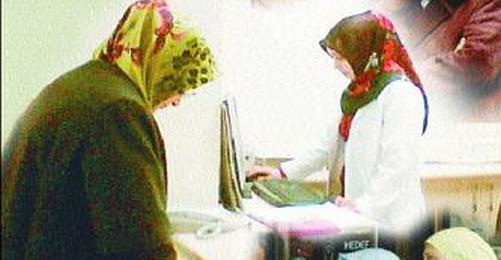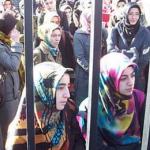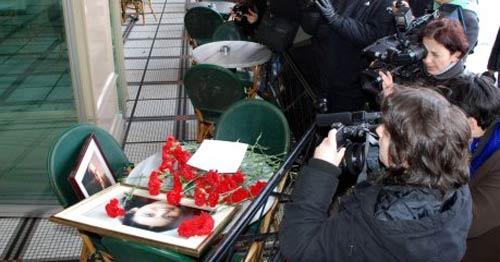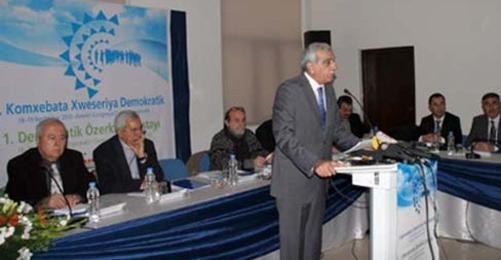According to the study "Women with headscarves in profession: "Headscarf ban" and discrimination on the market in Turkey in 2010", women wearing a headscarf are being discriminated "when they have to include a photograph in their CV, in salary policies and when they quit work". The study was carried out by Dilek Cindoğlu, member of staff of the Bilgi University Department of Political Science, and Ebru İlhan, from the Turkish Economic and Social Studies Foundation (TESEV).
The research is based on interviews with 79 women trained for different professions. The group of women from Ankara, Istanbul and Konya included married, single, working and not working women. Furthermore, Cindoğlu and Ilhan talked to 25 men married to women wearing a headscarf.
Labour participation on the decline
* According to research conducted by KONDA and MetroPOLL in 2008, 71-72 percent of all women cover their head, while only eleven percent of female university graduates wear headscarves. A study by World Bank and the State Planning Organization revealed that these women's participation in labour dropped from 50 percent in 1998 to 35 percent in 2006.
* The two working areas in which women are represented the most are as unpaid family workers in agriculture and as trained professionals.
* The women wearing headscarves at university are not a homogenous group. Religious affiliations of these women differ as well as their level of political interest, adoption and level of traditional values, the level of individual religiosity and their economic and social capital.
* The headscarf ban is the most basic field of conflict for young professionally trained women with headscarves.
Headscarf is part of individuality
* Wearing a headscarf at work is part of these professional women's religiosity and individuality. They are respected by their colleagues and especially by men in lower positions. The headscarf makes them feel safer on the street and at work.
* When women wearing headscarves have to include a photograph in their CV, they are more likely to face difficulty related to salary policies or when they are made redundant. They hear things such as "It is anyway a blessing to work here" or "You do not have to financially support a family", respectively.
* Employers want women wearing headscarves to be 'invisible'. They should either be 'invisible', take off their headscarf or should not publicly represent the company. This means that they are not participating in meeting with clients or in training courses and that they are kept away from work related to state offices.
* Employers focus on traditional patriarchal patterns thinking that even though the woman is working, she does not actually have to support the family. This way, employment of women wearing headscarves is being marginalized.
* Women wearing a headscarf in business perceive that they experience discrimination and obstructions almost entirely by reason of their "headscarf". (BT/EÖ/VK)












